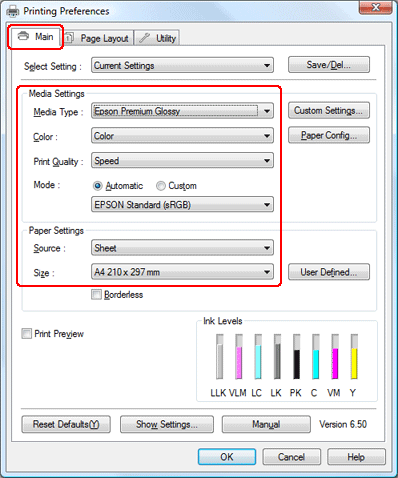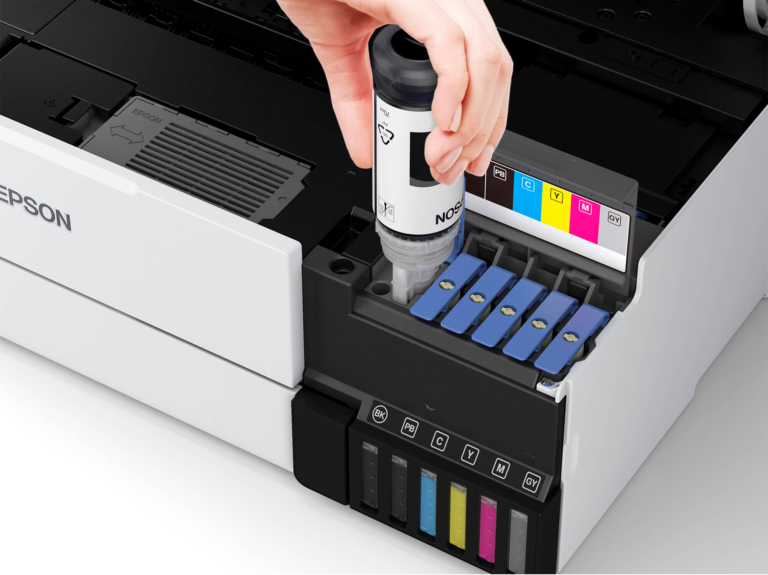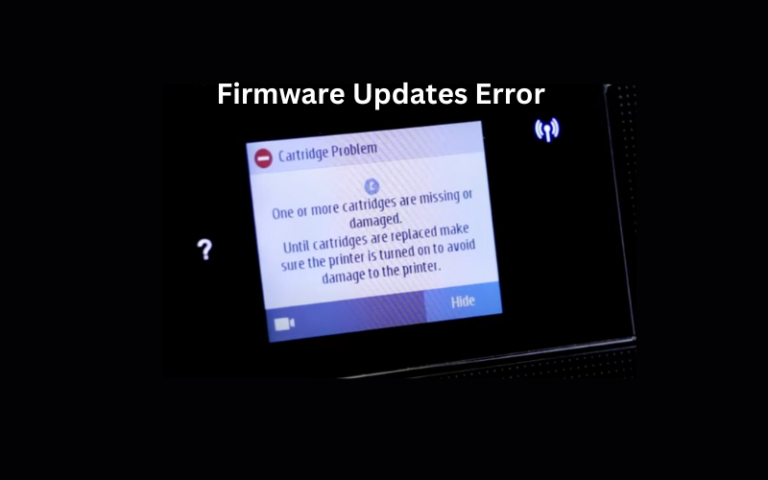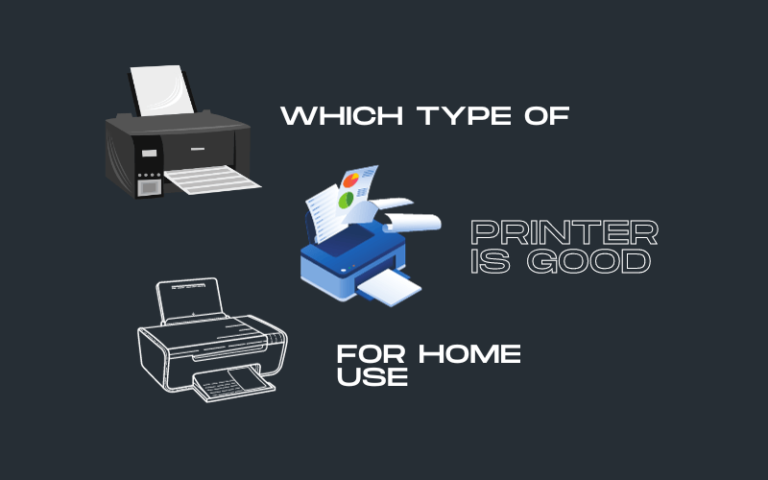Fine-Tuning Print Settings for Quality and Speed: Achieving Optimal Results
Fine-tuning print settings allows you to strike the right balance between print quality and speed. By adjusting options such as print quality level, paper type and print mode, resolution and DPI settings, Colour management, print preview, and utilizing duplex printing, you can achieve optimal results for your specific printing needs. Take the time to experiment with these settings and find the perfect combination that suits your requirements, ensuring both high-quality prints and efficient printing processes.
Quick Navigations
Printer Settings
When it comes to printing, finding the right balance between print quality and speed is essential. Adjusting the print settings allows you to optimize the output to meet your specific needs. In this section, we will explore the key print settings you can fine-tune to achieve the desired print quality while maintaining an efficient printing process.
Choosing the Print Quality Level
- Explanation of print quality settings and their impact on output and printing time.
- Tips for selecting the appropriate print quality level based on the nature of the print job.
Paper Type and Print Mode
- Importance of selecting the correct paper type and print mode for optimal print quality.
- Guidance on using specific print modes tailored for different paper types.
Resolution and DPI Settings:
- Understanding the role of resolution and DPI in print quality and level of detail.
- Recommendations for adjusting these settings based on the content being printed.
Colour Management:
- Exploring colour management settings and their influence on accurate and vibrant colours.
- Tips for adjusting colour profiles, saturation, and colour balance for optimal results.
Print Preview and Page Layout:
- Highlighting the significance of print preview in ensuring correct formatting before printing.
- Suggestions for adjusting margins, page orientation, and scaling for accurate prints.
Duplex Printing:
- Introduction to duplex printing and its benefits in saving paper and time.
- Explanation of automatic and manual duplexing options and their usage.
Read also: Best Photo Printer For Stunning Prints: A Comprehensive Guide
Achieve the Perfect Balance Between Print Quality and Speed
In conclusion, fine-tuning print settings is crucial for finding the optimal balance between print quality and speed. By adjusting various options, such as the print quality level, paper type and print mode, resolution and DPI settings, colour management, print preview, and utilising duplex printing, you can ensure that your printing results meet your specific needs.
Take the time to experiment with these settings and find the perfect combination that suits your requirements. Consider the nature of your print job, the desired level of detail, and the colours you want to achieve. By making informed choices and utilising the available features, you can attain high-quality prints while maintaining efficient printing processes.
Remember to consult your printer’s manual or software for specific instructions on adjusting print settings, as the available options may vary. Don’t hesitate to explore the different settings and features provided, as this will enable you to unlock the full potential of your printer and optimise your printing experience.
Striking the right balance between print quality and speed will result in professional-looking prints, vibrant colours, and efficient printing operations. Embrace the flexibility and customisation options offered by your printer, and enjoy the benefits of precise and tailored printing output.
With careful fine-tuning of your print settings, you can bring your documents, photos, and projects to life with exceptional quality and achieve the perfect balance between speed and print perfection.







